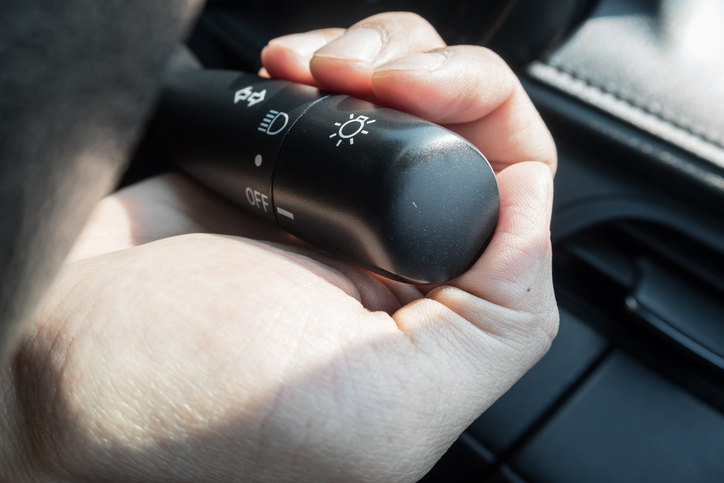While driving, it’s hard enough trying to figure out what other drivers are doing, but imagine having to do that without turn signals? It’s a scary thought, and yet once upon a time, the drivers of old did in fact have to get around without any sort of electronic turn signals.
How did we get from there to the underused, underappreciated turn signals we rely on today? Here’s a quick look at important moments from the history of turn signals.
Students in Auto Technician Courses Will Likely Recognize the Original Turn Signals
Cars predate the electronic turning signal, but it’s not like drivers didn’t need to turn way back in the day. Of course, just turning your car wherever you want isn’t the best idea, as other drivers could ram right into you.
The solution is something that cyclists still use today: hand signals. Pointing the left arm straight out the window meant you wanted to turn left, resting your elbow on the window and pointing your hand up meant you wanted to turn right, and hanging your arm out the window at a right angle meant you were going to stop.
Fortunately, this was only commonplace until around the 1940s, so it didn’t take too long for better signalling to come about.
The 1940s Pretty Much Brought the Development of Modern Turn Signalling
Students in auto technician courses likely won’t have thought much about it, but turn signals are a little odd, in that they’re quite simple and haven’t been refined much over the decades. In the 1920s and 30s, electronic turn signals were invented and patented, using the familiar method of connecting a switch to two lights, one on each side of the car. In the 1940s, the self-cancellation feature was added, which made the lights turn off when the steering wheel returned to its default position after a turn.
Since the 1940s, there haven’t been any great changes to the turn signal. LEDs will likely be the light source of choice for newer cars, but otherwise there haven’t been many new changes to turn signals—except one.
After Your Auto Technician Courses, Look for Auto-Dimming Lights Improving Turn Signals
It’s unlikely that there will be many big updates to the turn signal after you complete your auto mechanic apprenticeship, but a recent example is actually pretty interesting. Look at many modern cars released today, and you might notice two things in particular: they have headlights running all the time, including during the day—and those lights shut off when a car is turning.
The reason why these “daytime running lamps” (DRLs) do this is because they are often very close to turn signals, and their competing light could therefore make the signals difficult to see. By programming cars to have their DRLs turn off when a turn signal is engaged, the signals can become easier to see, improving safety for the car and the other cars around it.
It’s a tiny tweak, but it goes to show that a lot of thought is put into all aspects of a car—even turn signals.

Do you want to become a car mechanic in Cambridge?
Contact Automotive Training Centres and start your journey today!


